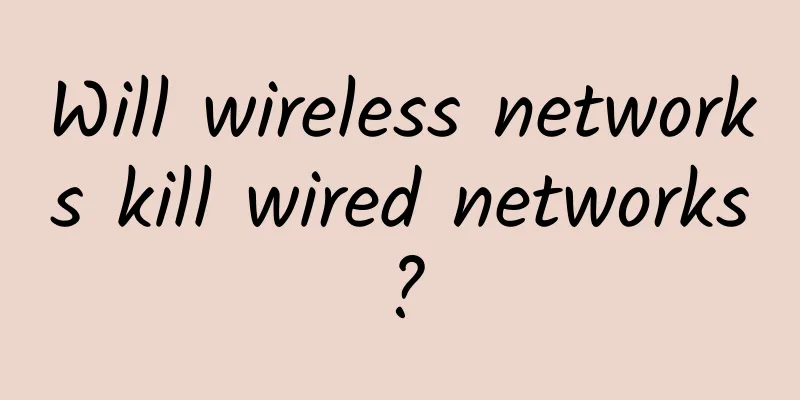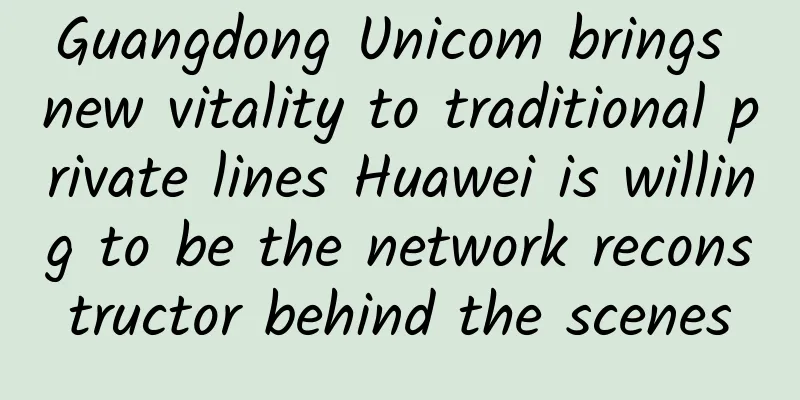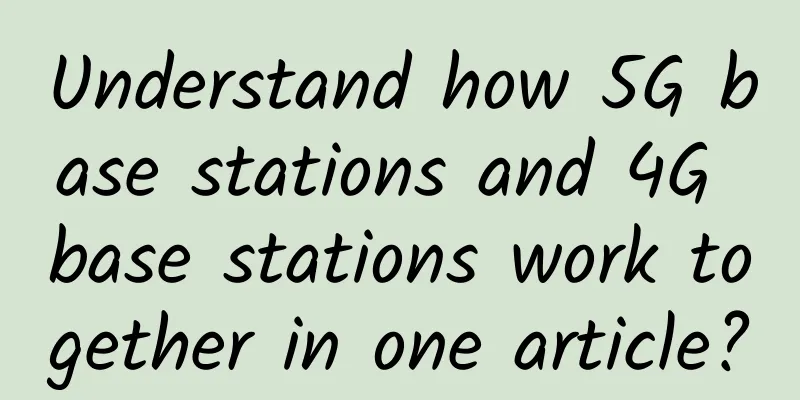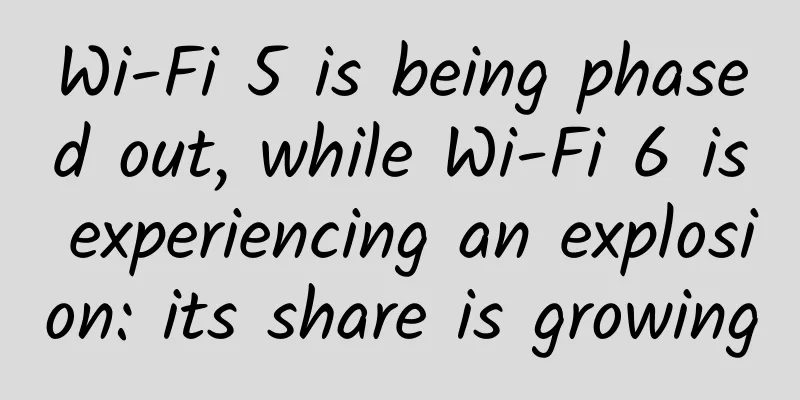Will wireless networks kill wired networks?

|
While wireless networks grab all the headlines, wired networks continue to reliably get the job done. Despite their reliability and relative ubiquity, some people foresee the demise of wired networks. Does the continued expansion of wireless technology and services signal the end of wired networks? Does the growth of the Internet of Things, upcoming 5G, and faster Wi-Fi herald the eventual demise of copper cables? Some predict just that.
Wired World The first wired network was the telegraph, which appeared around 1850. Telephone and power transmission did not come until the late 1870s and early 1900s. These three eventually created the vast networks and power grids that still exist today. The telephone system eventually grew into a massive commercial world that includes fiber optic and DSL cabling. But that's not all. In the 1960s, we transformed TV antenna systems into giant cable TV networks. Today, these hybrid fiber optic cable (HFC) systems cover most areas. Then in the 1970s and beyond, local area networks (LANs) began using twisted pair cables to connect millions of computers. Factories and other industrial facilities are wired with fieldbuses such as HART, Modbus, PROFINET, Ethernet, etc. Office buildings, homes and even entire cities are wired with twisted pair cables, and of course, we can’t forget all the fiber optic cables that connect the world. Wired networks have now taken hold in cars, and almost all new cars are connected via LIN, CAN, MOST or even Ethernet. Considering the vast wired infrastructure, do you still think that “wired networks will disappear”? Wireless is winning However, all the recent network hype, development and applications seem to be related to wireless, such as the ubiquity of Wi-Fi, the massive expansion of 5G networks and billions of smartphones. The public switched telephone network is also beginning to disappear as users abandon traditional phones and only use mobile network services. In addition, satellite TV is competing with cable TV, and the emergence of wireless headphones and smart speakers all seem to indicate that wireless networks are winning. There’s also the Internet of Things, which is mostly wireless and has billions of sensors and connected devices. Also, it’s unclear how 5G will affect “things” in the future, but I believe 5G wireless service will be able to challenge broadband operators and cable companies. It's too early for wired systems to disappear Mark Twain famously said, “The reports of my death have been greatly exaggerated,” and this may be true of wired network systems. Think about it, wireless systems are mostly connected to other networks through network cables! Without all those fiber connections, mobile network systems wouldn't be possible. Data center servers are interconnected using special cabling such as Infiniband, and all wireless access points are connected to the servers in the cabinets via wired Ethernet. In addition, home wireless still requires cable or DSL lines to access the Internet. Cable networks are considered old technology and don’t get the recognition or appreciation they deserve. However, despite this prejudice, cable networks continue to improve. Cable HFC systems are now getting faster thanks to the latest upgrades to the DOCSIS standard, which can easily handle 1Gb/s of data, or even faster in some cases. Over the years, network speeds over twisted pair have been increasing year by year as companies have invented technology that can transmit 1GB/s of data over twisted pair. And, telecom companies have discovered how to minimize the interference of 60HZ induced voltage and current on PSTN lines and DSLAMs by using the magic inductive neutralization transformer (INT). (Source: IoT Home Network) INT has been around for a while, but its effectiveness has not been fully utilized. With INT, faster data transmission speeds can be achieved over twisted pair by using the latest standards such as VDSL2, G.fast and others. As for other examples of wired infrastructure, there are fiber optic connections in 5G base stations; IoT nodes aggregated in gateways that connect to other wired LAN or network connections; and DSL and cable network connections in homes and businesses that are not going away. My conclusion is that wired networks still have real uses, and we can't live without them. |
<<: Network | Why is the speed of 4G getting slower and slower?
Recommend
Comparison of LPWAN technologies: Ten criteria for successful implementation
Low Power Wide Area Network (LPWAN) is the fastes...
Virtono: 25% off San Jose VPS starting at 2.2 Euros per month, free double memory
Virtono is a foreign VPS hosting company founded ...
Gcore: KVM host from €1.08/month, 26 data centers available in Russia/Asia Pacific/Europe and America
G-core (gcorelabs) is a foreign hosting company f...
What is Open RAN?
Open RAN is an industry standard designed to powe...
Nielsen: 5G enters a period of accelerated development, new scenarios give rise to new consumer demands
Recently, Nielsen, a global monitoring and data a...
Why is 50 ohms used in RF?
[[416676]] In RF circuits, RF devices with variou...
Russia faces internet communications crisis due to equipment shortage
The Information Technology Committee of the Russi...
Dell'Oro report: By 2026, Open RAN is expected to account for about 15% of the overall RAN market
A new report from market research firm Dell'O...
CFCA creates a secure all-in-one solution, Kunpeng comprehensively promotes financial innovation
Currently, the financial industry is in a critica...
Did you understand the three stories Guo Ping told at the Huawei Connect Conference?
[51CTO.com original article] Just last week, the ...
DesiVPS: Los Angeles/Netherlands/India data centers, KVM VPS from $20 per year
DesiVPS acquired LosAngelesVPS a month ago and is...
AI and Wi-Fi 6: Driving the Revolution in Home Wi-Fi
As fixed networks enter the F5G (fifth generation...
How will 5G and edge computing develop in 2020?
At the beginning of the new year of 2020, there w...
The State Council has deployed to promote the speed increase and fee reduction, and operators have spared no effort on the road to benefit the country and enterprises
In the continuous promotion of network speed-up a...
Cybersecurity is accelerating under the new infrastructure trend
With the accelerated construction of new infrastr...









